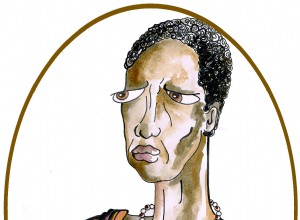Nehanda Charwe Nyakasikana (circa 1840–1898) was a svikiro , a medium from the Shona people in Zimbabwe. Considered the reincarnation of a 15th century princess, she inspired a movement of revolt against the British colonists. The spirit of Nehanda Nehanda Nyakasikana was born around 1840 in Rhod




